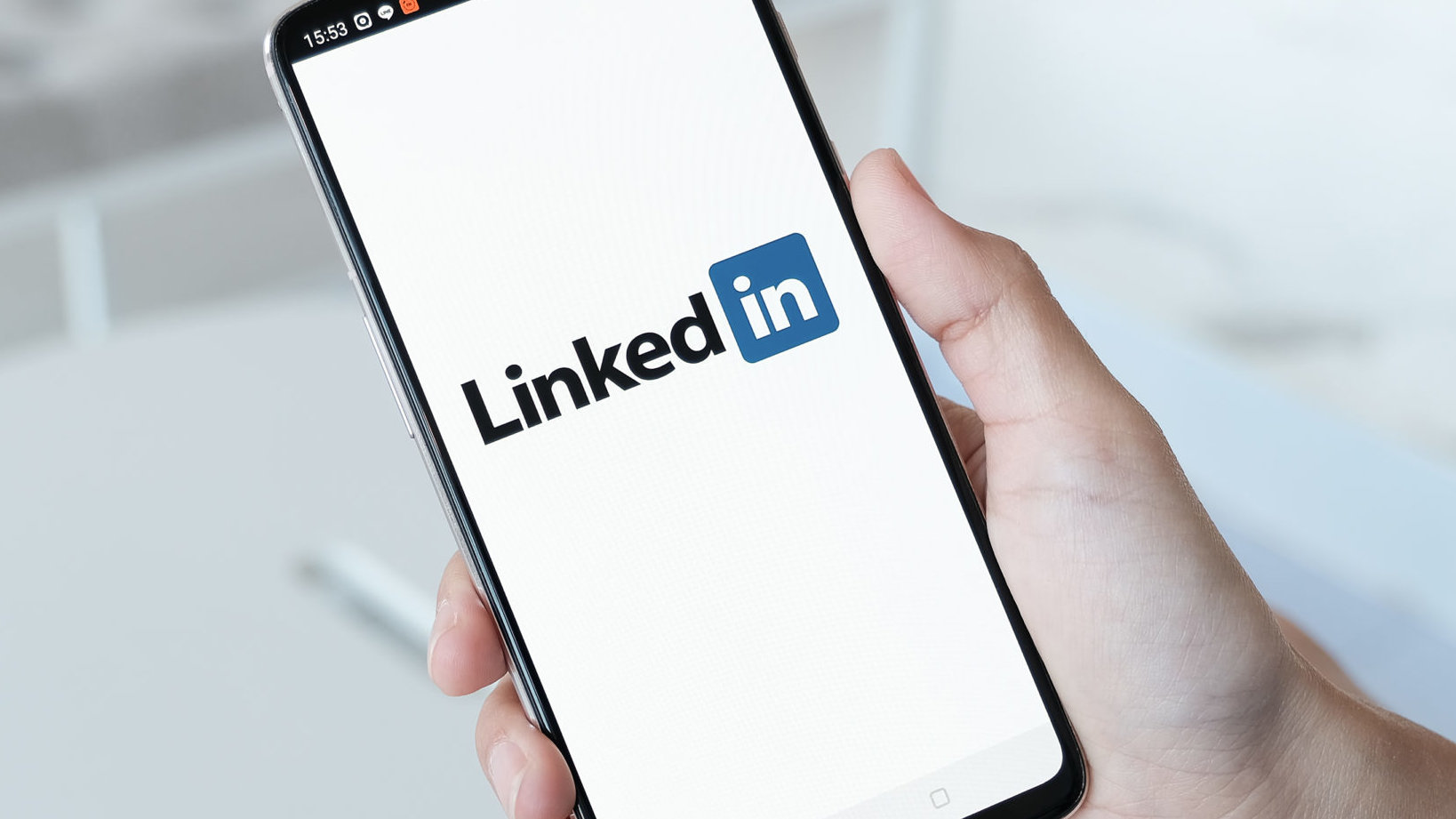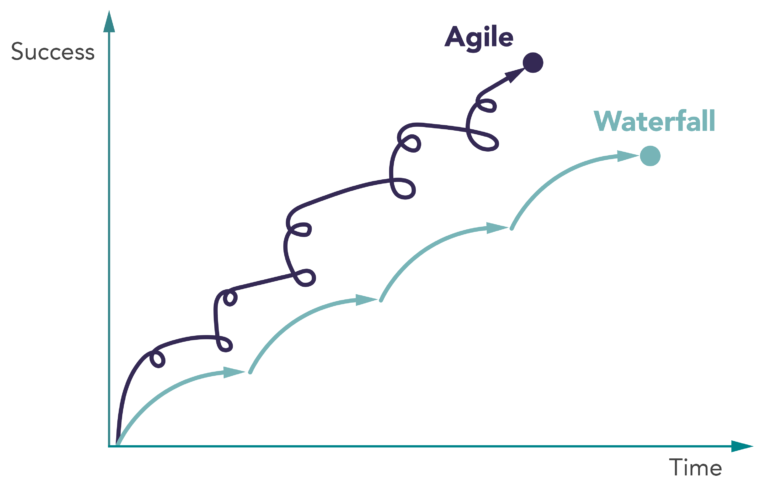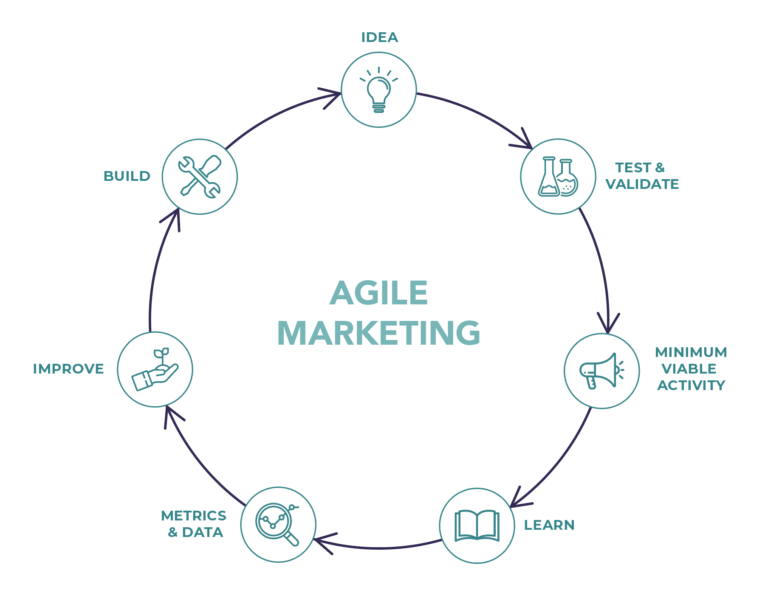Why you should be on LinkedIn now more than ever
The outbreak of Covid-19 has forced the majority of the world to work from home, children to be kept out of school, and trips outside to only be taken once a day for exercise or when collecting and delivering essentials. This is new for all of us and it has unnerved a lot of people into thinking that their marketing actions need to stop until all this is over.
But now more than ever, marketing is critical. It’s the one survival tool at your disposal capable of seeing your business through to the end of this crisis and ensuring success in the years to come. If you’re looking for a simple, cost-effective way to hone your marketing focus, LinkedIn is the place to be. By increasing visibility across the top networking app for business, you’ll keep customers engaged with your brand, stay in touch with partners and suppliers, and build pipeline through steady lead generation. What’s more, the number of users is increasing, with more professionals than ever jumping on to share news, knowledge and business tips for success in times of market disruption.
So, we know LinkedIn is the place to be right now, but you’ll still need a proper strategy to make the most of all this tool has to offer. Now certainly isn’t the time to fire off connection requests and LinkedIn ads without a second thought. There’s a lot to take into consideration when formulating your messaging.
Here’s how to do it:
1. Don’t ignore COVID-19
It’s here, it’s affecting everyone, and it will have an impact on business for years to come. It is already changing the way people live, work and interact. Acknowledge that and acknowledge the hardship in your messaging. Don’t act like it’s just business as usual. This crisis should unite us.
2. Outline how you can help right now
Pitching what was useful back in January when we were all devising our 2020 strategies won’t be of any help or interest right now. Make that mistake and you’ll find yourself reposted with #marketingfail. Take some time to creatively rework your proposition as a benefit in the immediate term and clearly explain how your service will help companies get back on their feet.
3. Do your research
If you’re struggling to answer the point above, then you need to go back to the research stage. Don’t stop building pipeline but do reassess your target accounts and verticals quickly. Take the time to fully understand the impact this global crisis will have on your clients’ target markets, then tailor your messaging and service to ensure you’re offering support they need. Retaining existing clients is key to future revenue, so make sure they feel reassured and well managed.
4. Stay relevant
Give your audience the useful tips and how-to guides they need to easily get started with your service or product. Be there as the helpful thought leader of that space when you respond to connections or jump in forum threads, the one they turn to when they need further guidance or support throughout this crisis. And, now that we’re all at home, turn your content into interactive virtual events to inform, engage and inspire your LinkedIn network.
5. Be personal
This is an opportunity to build relationships and contact prospects you haven’t been able to reach — consider Account Based Marketing (ABM) to help open up dialogue. With everyone working from home and social distancing, people are now more responsive to an invitation to discuss over a virtual cup of tea (or coffee) and intro video calls. Plus, you’ll have plenty of common ground to discuss and knowledge share in how to combat the impact of COVID-19.
From individual professionals to global enterprises, LinkedIn is the number one social media tool for business right now, and your key to surviving this period of massive market disruption. By researching the impact, pivoting your message accordingly and creating engaging content, your LinkedIn marketing will offer a viable opportunity for interacting with your prospects and supporting them through this time.
Adapt your marketing to survive and thrive
At Bright, we’ve been helping our clients quickly pivot their strategies and adapt their messaging on LinkedIn and other social media channels. Watch our immersive webinar as we explore ways to ignite agility, boost leads and perfect communications throughout this challenging time.





